Passenger Focus
Airport anxiety: a look at passenger stress points
A recent survey of British air travellers identified baggage collection and transfers as the biggest sources of stress for passengers. Adele Berti takes a deeper look at most stressful aspects of air travel and how airports are working to make them less painful.
Flying has been the most convenient way to reach faraway destinations for the best part of the last 70 years, and yet despite the decades of experience, many still see it as one of the most stressful means of travel available.
According to a new survey by airport lounge access provider Priority Pass, stress is now an almost intrinsic part of the flying experience, hitting passengers well before they even reach the airport. Published earlier this year, the survey asked 1,000 British passengers to identify their biggest sources of stress when travelling to and through an airport. Unsurprisingly, passing through security, checking in, collecting baggage and waiting for transfers all scored high among respondents.
As global passenger numbers continue to grow - the International Air Transport Association (IATA) forecasts they will reach 7.8 billion people by 2036 - ground-breaking technological advancements, coupled with an increasingly specific understanding of passenger profiles and demands are pushing airports to make their customers’ experience as hassle-free as possible.
As the winter holiday season kicks off, here’s a look at the most stressful aspects of using an airport and the ways in which operators are attempting to streamline passengers’ most dreaded moments.
Image:
Packing and planning ahead
Packing for the holidays ranked amongst the five most stressful stages of travelling through an airport, even though it has little to do with airports themselves. As per the survey, this practice is particularly hard for women and travellers aged between 25 and 34, and frankly, there is no easy way around it.
Yet for those who constantly fear they’ve forgotten something back home, travel apps and websites – such as PackPoint, The Vane and Packing Pro – can create a personalised list of holiday essentials and help concerned travellers to keep track of what they’re packing.
In addition, British start-up Ocean3D is working to use digital twin technology to create virtual maps of airports and aircraft in a bid to help travellers struggling with anxiety and disabilities to plan their trip ahead.

Image:
This is something that several airports are currently working on too. All major hubs in the UK and abroad have now launched their own apps, which allow passengers to keep track of their flight, book their parking spots ahead and check what retail options are available prior to leaving their homes.
Independent apps are equally blooming: platforms such as iFly Pro, FlySmart and GateGuru are the ideal travel companion for those who want to plan ahead, providing information on in-terminal navigation, departures, parking rates and restaurant reviews.
Travelling to the airport
Reaching the airport is a challenging part of the travelling experience, especially in big metropolitan cities where airports are located an hour or more away from the city centre.
Also contributing to the stress is the growing ethical dilemma of choosing between driving to the airport and opting for the usually busier, yet more sustainable, public transport alternatives. In the latter case, copious investments are currently being made in the UK – with London hubs leading the way – to improve surface access and make reaching airports a hassle-free experience.
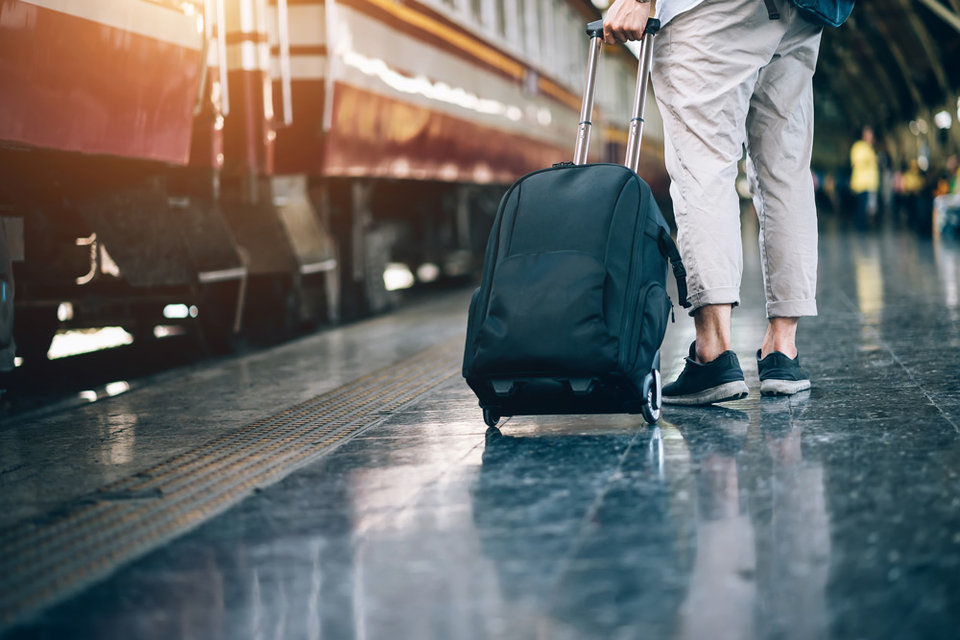
London Luton, for example, is currently working on completing DART, a light-rail link running between King’s Cross St Pancras and the airport in 35 minutes. Meanwhile, the upcoming Crossrail franchise, which is due to enter operations in late 2020, will provide a new alternative route to Heathrow Airport.
Regardless of the chosen transport method, in the future, travelling to airports could be relieved of a key stressful component - baggage. This is according to Manchester Airport, which recently introduced a baggage collection scheme that facilitates home bag check-in and delivery services for its passengers.
Checking in
Although most airlines currently provide online check-in services, checking in at the airport reached the top four of Priority Pass’s list. Queuing for desk check-in and bag drop can be long and painful, especially for large families or those having to embark with specific objects such as strollers and sports equipment.
However, in a bid to avoid this issue, an increasing amount of airlines and airports are partnering to introduce self-service check-in and bag drop lanes. A prime example of this is the collaboration between DHL and EasyJet, which claims that its self-service areas at Gatwick Airport and other UK hubs can process customers in under five minutes, even in times of disruption.
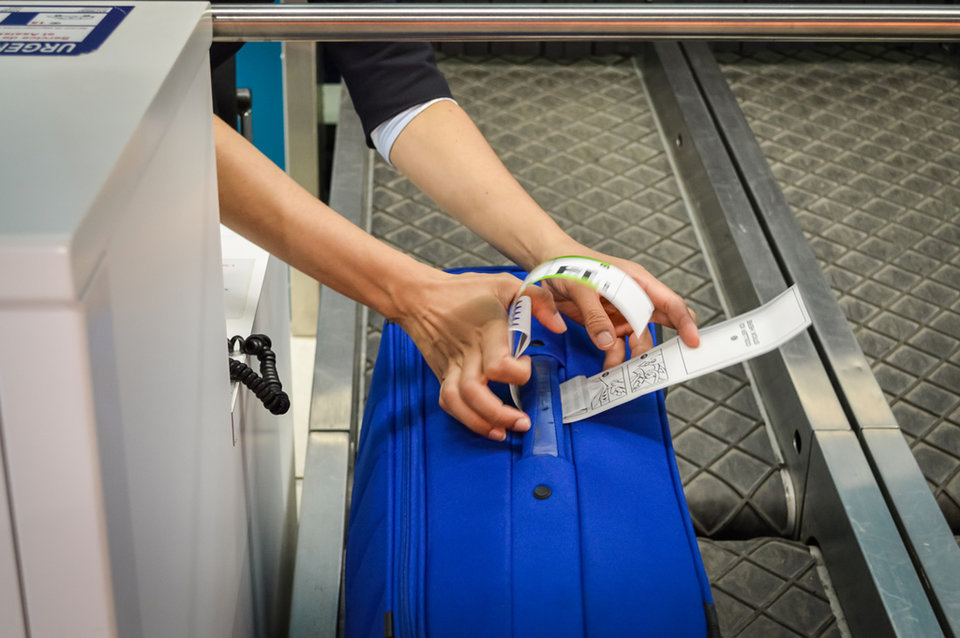
However, online check-in is being increasingly recommended and can be key when IT failures hit airlines or airports. Earlier this summer, it would have definitely helped passengers at Manchester Airport, where an IT issue prevented fliers at all terminals from checking in.
As the industry shifts to an all-inclusive digitalised experience, schemes like IATA’s One ID, which allows passengers to “further streamline their journey with a document-free process based on identity management and biometric recognition”, are crucial to making check-in less and less stressful.
Passing security
Biometrics and other technology are being increasingly deployed at security checks, which Britons see as the second-most stressful point of airport experiences.
For example, cutting-edge screening technologies are currently getting traction in the UK, where Prime Minister Boris Johnson recently mandated all airports to introduce 3D cabin baggage screening by 2022.
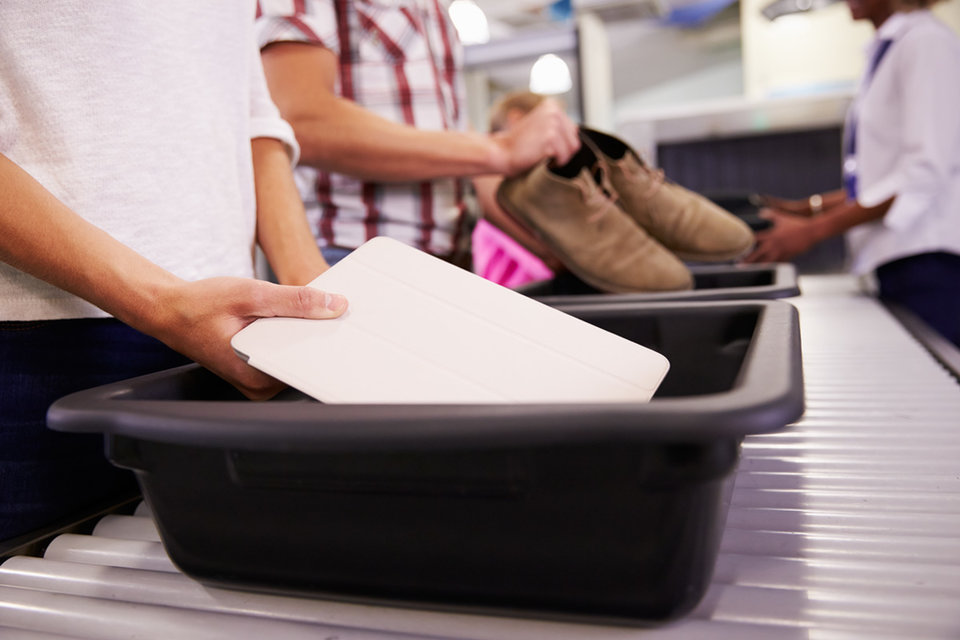
These systems eliminate the need to take liquids and electronic devices out of the luggage, drastically cutting queuing times. As for body scanners, investments are currently being made at global airports to introduce more detailed yet less intrusive machines, which is key to making the process less painful for all, especially transgender travellers.
Among the solutions are space technology, which uses human body heat and was trialled at Cardiff Airport in 2018, as well as millimetre-wave sensors. For US company Evolv, these sensors can be combined with machine learning algorithms and facial recognition systems to radically speed up security queues.
Baggage collection
The Priority Pass survey revealed that baggage collection is the UK passengers’ worst travelling nightmare, which is definitely not a surprise.
Recent figures from international IT provider SITA show that some 24.8 million bags were mishandled in 2018 out of a total 4.27 billion bags checked in the same year. A considerable drop compared to 2007 levels when this number amounted to 46.9 million, these figures are nonetheless symptomatic that further change is needed.
In its report, the company advocated the introduction of baggage reconciliation systems to both improve baggage handling and keep better track of individual luggage.
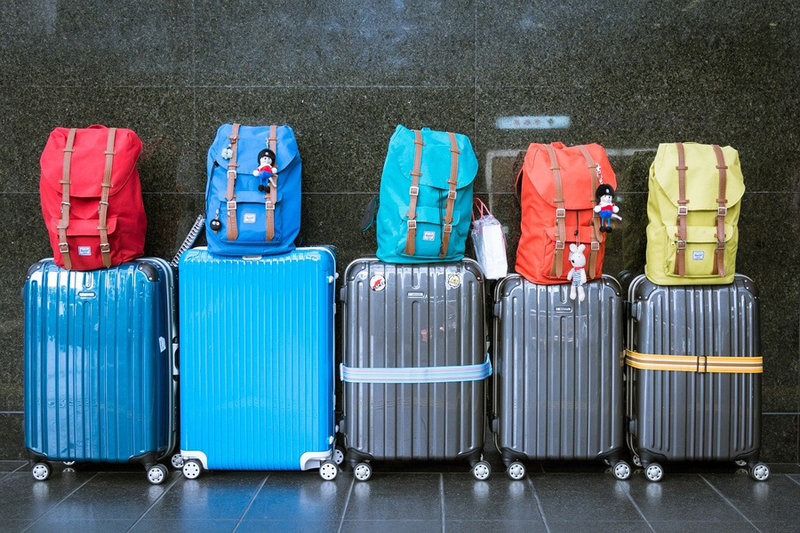
SITA and IATA are also currently pushing for the adoption of RFID radio frequency identification and similar tracking technologies.
“The industry is looking at RFID as a low-cost tracking solution,” IATA head of global baggage operations told AIR earlier this year. “Airports seem to be ready to implement RFID for baggage tracking, which will provide a rich data set for operational analysis and planning.”
Waiting for transfers
Reaching an intermediate airport and – in the best-case scenario – having enough time to wait for a connecting flight made it to the top three of Priority Pass’s report.
This is due to multiple reasons. First, while in most occasions, a passenger’s checked-in luggage will be sent directly to the final destination, this is not always the case, so the passenger will have to go through the aforementioned baggage collection nightmare more than once. Lengthy layover times can also heighten stress levels.
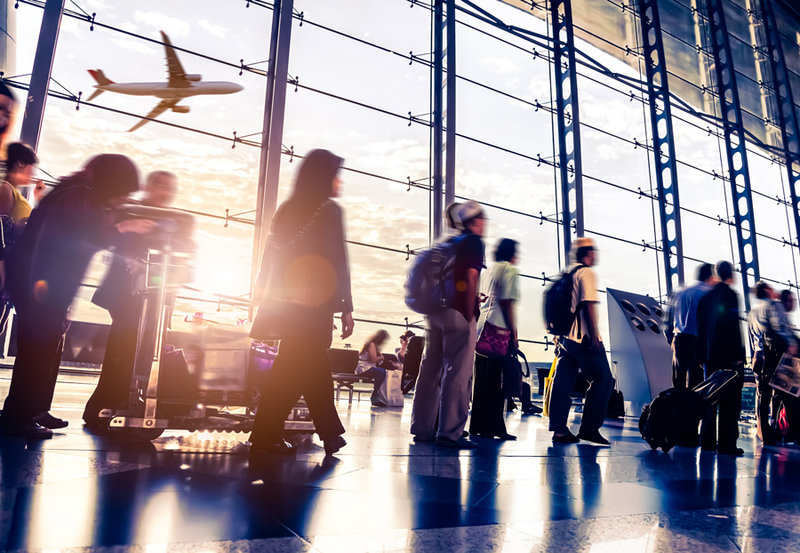
In an attempt to address these issues, airports are coming up with smart ideas to help people relax while they wait. These include sleeping pods and capsule hotels, which can be booked prior to the flight and are ideal for business travellers.
Private terminals are also on the rise. VIP lounges offering spas, massages and priority access to security checks can now be found in some of the world’s biggest airports, including London Heathrow, Los Angeles LAX and, as of September this year, also Manchester Airport.